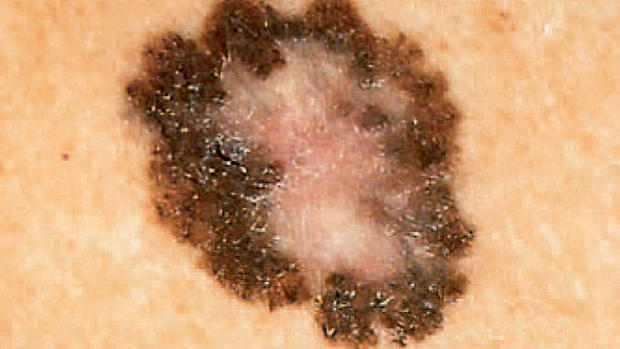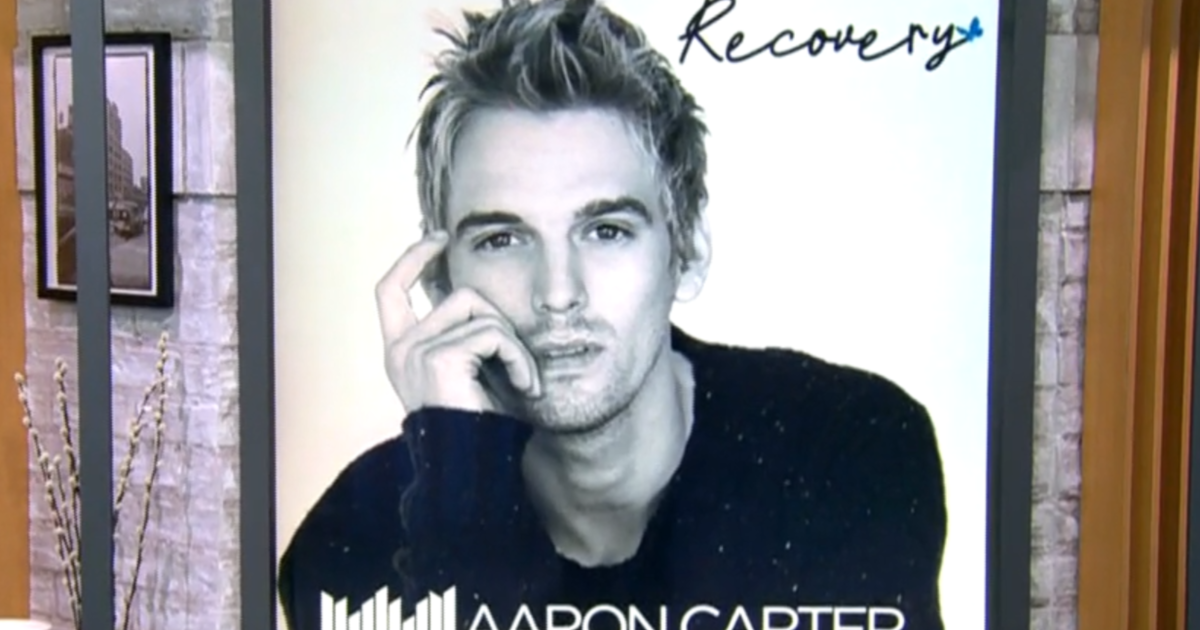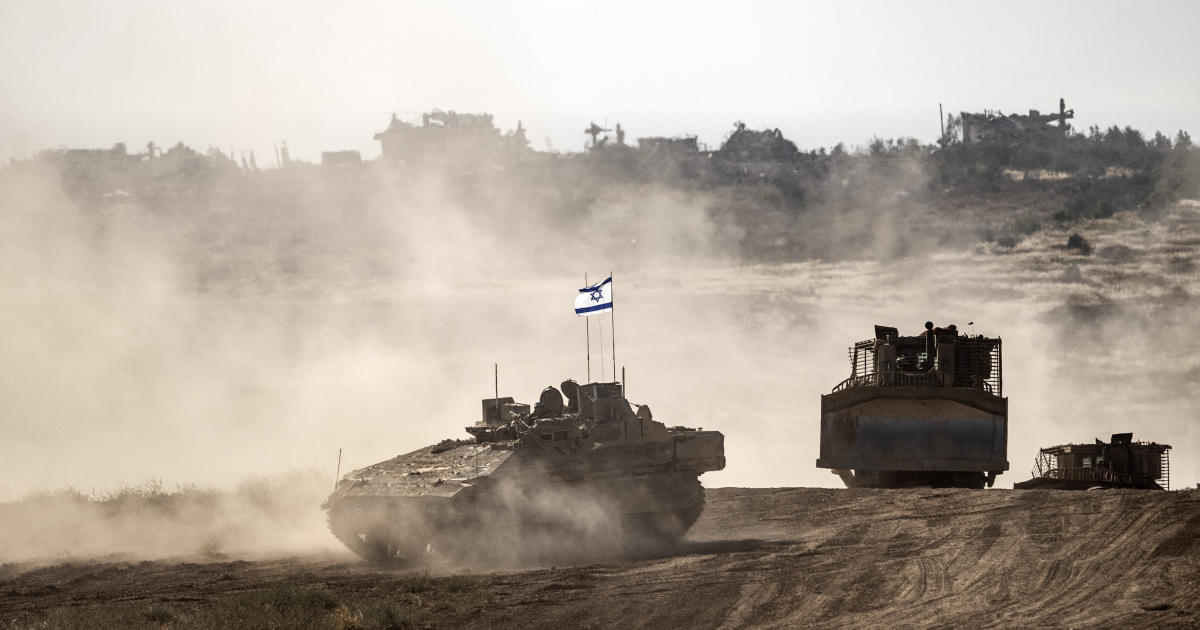Melanoma Monday: Protecting your family from skin cancer
It's Skin Cancer Awareness Month, and today is "Melanoma Monday," when all of us are urged to self-examine our skin and go to a doctor if we find any sign of the most malignant form of skin cancer.
More people are diagnosed with skin cancer each year than all other cancers combined. One in five people will develop skin cancer by age 70.
Melanoma is the most dangerous form; it accounts for just one percent of skin cancer cases, but the majority of deaths. According to the American Cancer Society, more than 91,000 people are expected to be diagnosed with melanoma this year.
Dr. Elizabeth Hale, a clinical associate professor of dermatology at NYU Langone Medical Center, and a paid consultant for Coppertone, visited "CBS This Morning" to talk about skin cancer risk factors and the importance of sunscreen.
Last year Dr. Hale diagnosed co-host Norah O'Donnell's melanoma. "I'm so grateful that we caught your melanoma early," she said. "You had many of the risk factors: You grew up in Texas, where it was very sunny. You probably did not wear enough sunscreen growing up. You even told me that you visited indoor tanning beds before prom and things like that. Indoor tanning is a big risk factor.
"We see skin cancer and melanoma in all skin types, but people with your coloring, fair skin, light eyes, who've spent a lot of time in the sun, are at an increased risk for sure."
Tanning beds have been found to increase the risk for melanoma by 75 percent. "A lot of young women visit tanning beds," said O'Donnell.
"It is a big problem," Hale said. "As dermatologists we're trying to help legislate this better. Some states already do not allow indoor tanning under the age of 18.
"In fact, last year a study came out that melanoma is more linked to tanning than smoking is to lung cancer. So, it's a real risk, and we're really trying to educate our youths and our adolescents to stay out of tanning beds and to use more sunscreens."
"No parent gets more exercise than trying to put sunscreen on a child," said co-host John Dickerson. "How much of a battle should you engage in?"
"It's super important," Hale replied. "In fact, five or more sunburns at any time in our life doubles our risk for melanoma, so we really want to treat children young and get them the message that [sunscreen is] just like wearing a helmet when they ride their bikes or when they ski."
She also recommended an online initiative by 4-H and Coppertone called Protect What Matters Most.
"It's about giving our kids the power to engage in sunscreen themselves, so we're not the parents running around trying to put it on. And for my children it's also important to teach them to stay in the shade when possible and to keep sun-protective clothing on – hats, sunglasses, all of these things can help minimize our risk."
For sunscreen, Hale advised, "Look for SPF 30 or higher. Ideally sunscreens that say 'broad spectrum,' which mean they protect from UVA and UVB rays. Ideally we'll put it on 30 minutes before going outside, [an amount] about the size of a shot glass to cover your whole body. And reapply; if we're sweating or swimming, we want to reapply ideally every two hours.
"Now that the weather is finally nicer, and in the summer, when it's sunny outside, I do put it on my children every day, even before school. In the winter, I use it myself every day for many reasons. But the kids, it's a struggle. But definitely now that the weather is warmer, we should get them and empower them to use sunscreen early."
See also:
- Skin Cancer Foundation
- Norah O'Donnell on her melanoma diagnosis and how to protect your skin ("CBS This Morning")
- Skin cancer costs rising rapidly in U.S. (CBS News)
- What you don't know about sunscreen could hurt you ("CBS This Morning")
- Consumer Reports' ratings on popular sunscreens (pdf)





